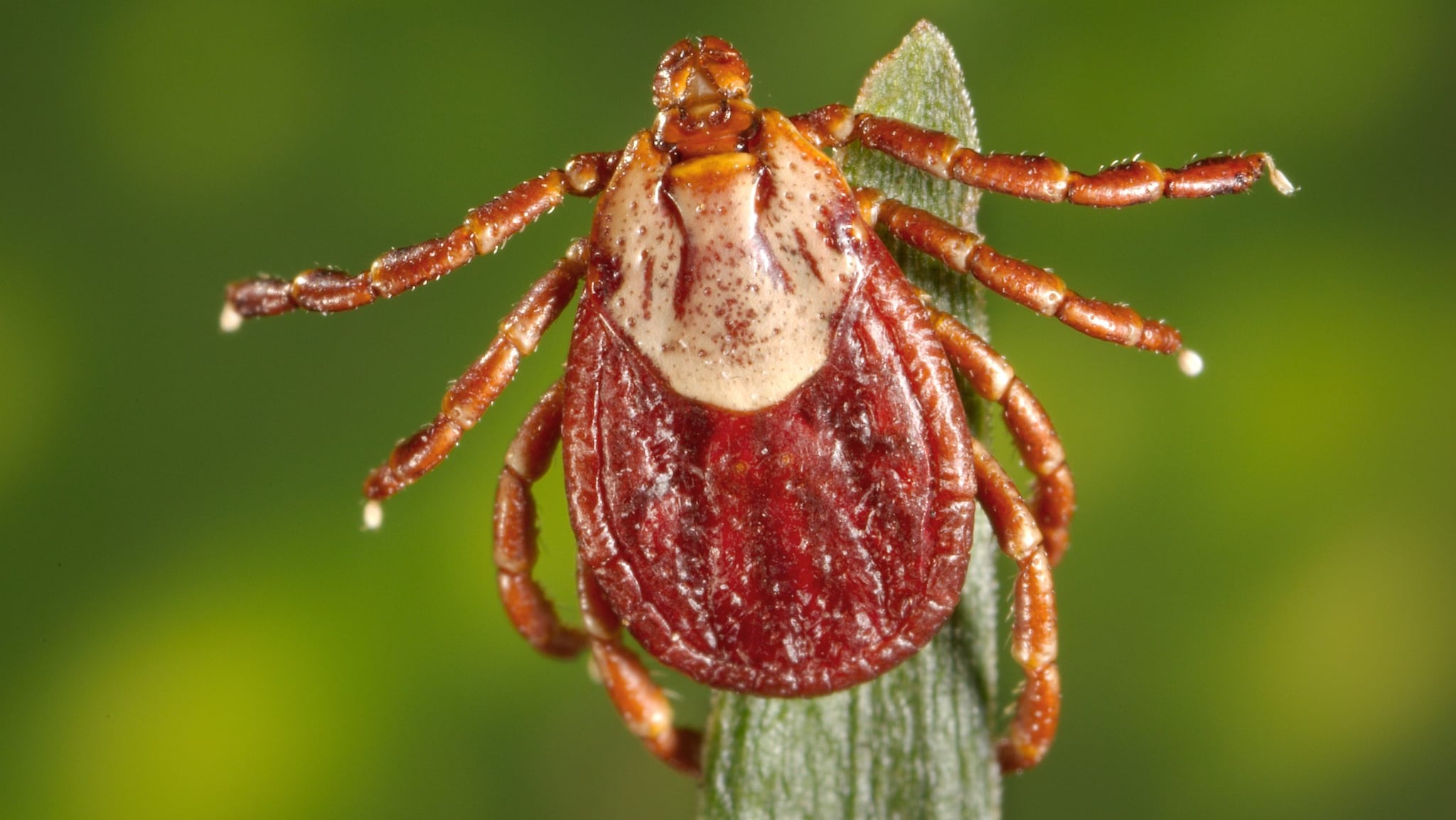Key points
- Colorado tick fever is caused by a virus typically transmitted through the bite of an infected Rocky Mountain wood tick (Dermacentor andersoni).
- Colorado tick fever virus circulates in the environment between ticks and small rodents found in the Rocky Mountains.
- Colorado tick fever virus also is rarely transmitted through blood transfusion.

Primary cause
Colorado tick fever is caused by a virus that is found in the western United States and western Canada at 4,000–10,000 feet above sea level.
How it spreads
- People become infected with Colorado tick fever virus from the bite of an infected Rocky Mountain wood tick (Dermacentor andersoni).
- Ticks become infected with the virus when they feed on small rodents, such as squirrels, chipmunks, and mice, that have the virus in their blood.
- After the tick becomes infected, it can pass the virus to people or other animals while it feeds.
- The virus is not transmitted from person to person, except in rare instances by blood transfusion and from mother to baby around the time of birth (perinatal).
Keep Reading:
Transmission
